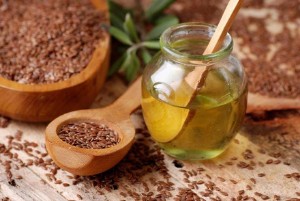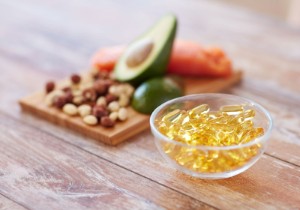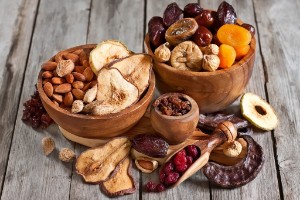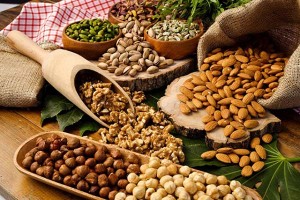What effect does honey have on the blood — does it dilute it or thicken it?
 Honey is one of the healthiest foods with a high carbohydrate content. Nutritionists recommend that they replace any desserts, since the fructose contained in honey is absorbed faster than traditional sugar, and at the same time it is completely free of fats.
Honey is one of the healthiest foods with a high carbohydrate content. Nutritionists recommend that they replace any desserts, since the fructose contained in honey is absorbed faster than traditional sugar, and at the same time it is completely free of fats.
Modern research indicate that the use of honey reduces cholesterol levels in the blood and has a restorative effect on the cardiovascular system.
And how does it affect blood viscosity? Does he really dilute it? Will honey help reduce blood density and reduce the likelihood of blood clots? Which variety is the most useful? All the answers are in the article.
Content
The effect of beekeeping product on blood
It is necessary to initially understand what it contains and what effect these trace elements have on the biochemical composition of the blood. Its composition, in addition to fructose and water, includes:
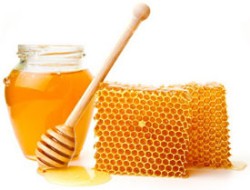
- Minerals;
- Enzymes (in particular, invertase, distase, which indirectly regulate lipid metabolism);
- Dextrins (are products of incomplete starch decomposition);
- Proteins and amino acids (about 0.5%);
- Phytoncides (are part of pollen grains, which most honey varieties contain up to 1.5%).
How do these components affect the work of the cardiovascular system ?
- Regulate salt metabolism. Minerals contribute to this. They help to reduce the concentration of sodium in the blood, but potassium – to increase. This reduces the viscosity of the blood, improves the functioning of the urethra (the number of urges to the toilet, as a rule, decreases, but there is no excess fluid in the body).
- Enzymes regulate lipid metabolism. Lipids, in turn, with an excessive amount in the body, become the basis for blood clots.
- Phytoncides reduce cholesterol concentration low density (so-called "harmful" cholesterol). This also helps to reduce blood viscosity.
However, excessive consumption of honey can also negatively affect the cardiovascular system . Excess glucose in the blood leads to the formation of micro-lesions on the inner walls of blood vessels. It is in those places that blood clots or cholesterol plaques may form in the future.
In total, honey does reduce blood viscosity, although not significantly. But at the same time, a similar effect is observed only with regular use. If infrequent, the effect is weakly pronounced.
Effects on the cardiovascular system
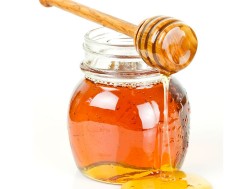 Back in 1964, Soviet scientists Vinogradov and Zaitsev conducted research on how regular consumption of honey affects the development of hypertension.
Back in 1964, Soviet scientists Vinogradov and Zaitsev conducted research on how regular consumption of honey affects the development of hypertension.
In short, then the probability of exacerbation of the disease is significantly reduced (by almost 45%, which is not always provided by traditional drug therapy).
But with all this, the refusal to continue using honey in most cases leads to the fact that hypertension worsens again, sharp drops in blood pressure also return. Therefore, honey is useful for the cardiovascular system only if it is consumed regularly.
Which variety is the most useful?
Of all varieties of honey padevoy is considered the most useful - this is the opinion of almost all doctors.
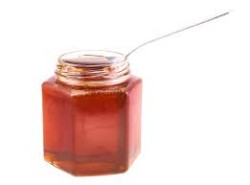 Its composition is radically different from the traditional one, since bees extract it not from plants, but from insect carrion and animal excrement.
Its composition is radically different from the traditional one, since bees extract it not from plants, but from insect carrion and animal excrement.
It doesn't sound very pleasant, but it doesn't have any unpleasant aftertaste. But the cost of such a product is extremely high – 4-6 times more than for the same buckwheat or acacia.
Why is padevoy considered "special"? Because ordinary honey has about 95% &8212; it is a combination of water, fructose and glucose. Padevoy has only 75-80% of these elements, everything else is a combination of phytoncides, minerals, protein compounds, amino acids. With all this, honey from the fall belongs to the easily digestible – it can be consumed even with chronic diseases of the gastrointestinal tract.
And what else honey is good for the heart , besides padevoy? Acacia and lime – their composition is almost identical and differs only in the composition of phytoncides (which just give it a special flavor).
Are there any "harmful" varieties of honey? There are none, but the heated product has a minimum of benefits for the body. When heated to 65 degrees Celsius and above, it loses most of its useful properties, since both enzymes and some minerals in such an environment break down into derived elements. And half-decomposed starch in general in this case can form carcinogenic combinations (which cause cancerous tumors). Melted honey should be discarded.
How to use it correctly?
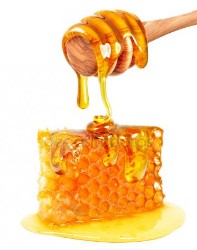 It should be consumed fresh, without dissolving in tea or other beverages (including milk).
It should be consumed fresh, without dissolving in tea or other beverages (including milk).
At the same time it should be eaten in small portions several times a day . Consumption in large quantities can provoke a sharp increase in blood glucose levels (this is especially dangerous in diabetes mellitus, since 1 tablespoon of such a product contains 1 XE).
How much should I eat every day? The recommended portion (according to nutritionists) is about 35 – 50 grams per day , divided into 4-6 receptions.
3 therapeutic recipes
Judging by the reviews, the simplest and at the same time effective recipes with honey for blood thinning are as follows:
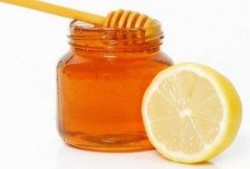
- With beetroot. For cooking, you will need to mix 10 parts of grated table beetroot, 3 parts of honey, 2 parts of blue onion, 0.5 parts of grated garlic. All this is mixed in a glass container, infused for 2 days in the refrigerator. Take 3 times a day on a tablespoon. The course of treatment is 30 days, followed by a break of 10 days.
- With lemon. It will take 2-3 medium lemons to cook. They should be washed under running water, then passed through a meat grinder together with the peel. Next, add 0.5 liters of honey and 2 cloves of garlic (whole, do not rub). Insist at room temperature for a day. Take a teaspoon 3 times a day. The course lasts from 20 days.
- With garlic . 300 grams of garlic finely chopped, mixed with 1 liter of honey. Insist in a dark place at room temperature for 1 week, stirring the mixture thoroughly daily. Next, strain through several layers of gauze, squeeze. The finished product should be taken 2 teaspoons 2 times a day – on an empty stomach and before bedtime. The course of treatment is 3 weeks.
Contraindications
Contraindications for the inclusion of honey in the diet are the presence of the following diseases:
- Allergy on pollen and some phytoncides (hyperreaction occurs with the appearance of spots on the skin);
- Gastritis or gastric ulcer in the acute stage (but in remission, on the contrary, it is necessary to eat);
- Diabetes mellitus (you can eat, but in strictly limited quantities).
Also, babies under 2 years old should not consume honey – this product creates a significant load on the digestive system.
Interesting video
And now we invite you to familiarize yourself with the video:
;
Conclusion
In total, honey will help reduce blood viscosity, but only with regular use. The most useful for the cardiovascular system is paddy, but it can be replaced with acacia or lime. The main thing is to use only a high–quality product that could not be pasteurized or heat treated.
